|
Oregon
wine country, part 11
Patton Valley Vineyards
Website:
www.pattonvalley.com
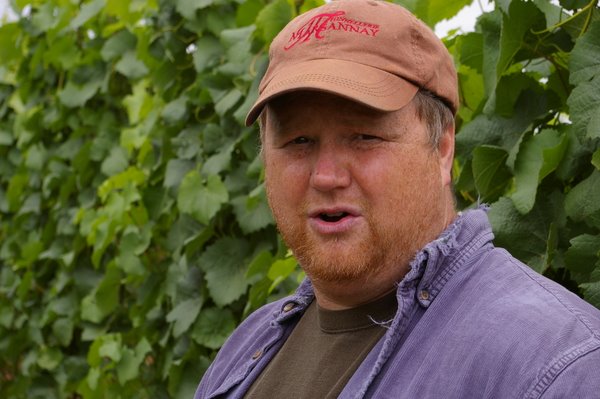
One
of the themes to my Oregon trip was the important issue of
sustainable winemaking, something that is being taken seriously in
this corner of the world. Patton Valley Vineyards are LIVE certified
sustainable, and grow all their own grapes. The vineyards don’t
fall into any of the new AVAs, and the soils are mostly wind-blown
loams. ‘We’re more or less organic’, explains winemaker Jerry
Murray (above), ‘but we don’t want to take the option of
using chemicals off the table’.
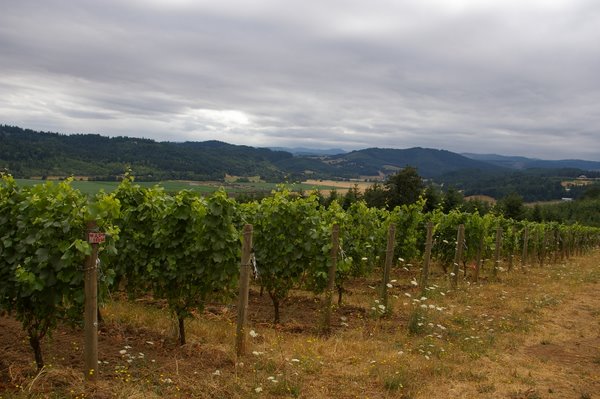
We
walked around ’10 acre’, a vineyard purchased in 1995 and
planted in 1997 on the site of an old prune and cherry orchard. It
has irrigation, but this was shut off in 1999. Everything planted
after this has done fine, and is not susceptible to drought stress:
it turns out that irrigation wasn’t needed after all.
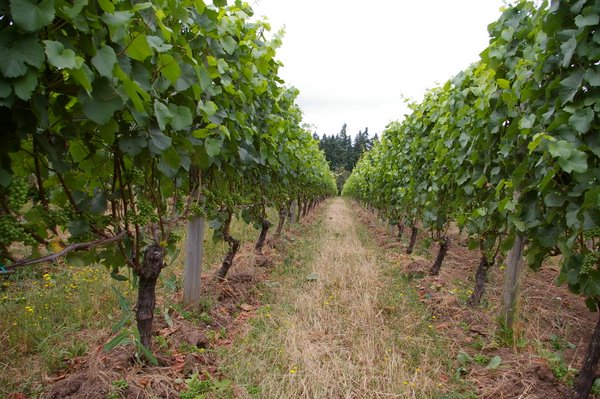
In
terms of mechanization, a crawler is used instead of a
tractor to avoid compaction of the soils. ‘The living soil is an
important aspect of wine quality’, says Jerry, ‘but there are
other ways of doing this than biodynamics. We don’t use herbicides
and we manage cover crops so there is always organic material being
added. We sometimes bring compost in, and we make our own.’ His
goal is to maintain adequate nutrients for soil microbes.
One
cover crop that is used is dicone radish, whose tap roots break up
compacted soils. Brassicas are used for their anti-nematode
properties. Cereals, legumes and clover (which fixes atmospheric
nitrogen) are employed. Different cover crops are planted each year,
and as an experiment Jerry is sowing some perennial cover crops. The
cost? Seeding is just US$60 per acre per year, plus the time taken
to sow.
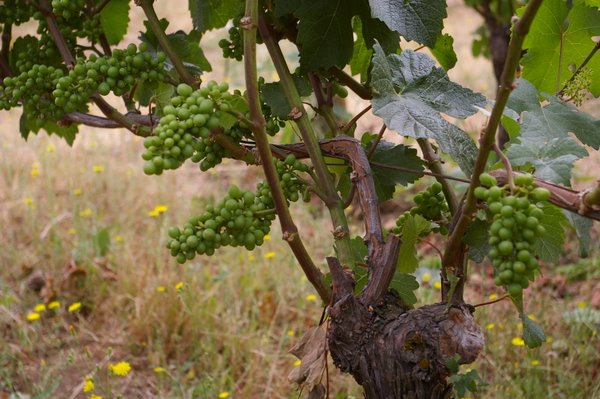
Flowering
plants are a big part of the LIVE program. ‘They want 15 different
flowering plants in the vineyard’, says Jerry, ‘but we have
closer to 30’. He claims that sustainability is more a result of
quality, rather than the other way round. ‘Most growers in Oregon
focus on quality and then take a few extra steps to go sustainable.
We didn’t have to do anything extra, just some paperwork’.
Jerry
is also keen on mycorrhizae, the fungi that grow in association with
many plant roots and which expand the root surface area by a factor
of 10. ‘Mycorrhizae are critical’, he maintains, ‘but tillage
breaks up the mychorrizal fungi’.
‘Oregon
is great for growing grapes because of the lack of pests’, Jerry
comments. ‘But as vineyards are planted, the closer they become in
proximity to their neighbours, and then pests will become more of a
risk. We don’t want a huge monoculture. This is where LIVE should
come into its own. A lot of forethought was shown: we wanted to
prevent problems before they happened’.
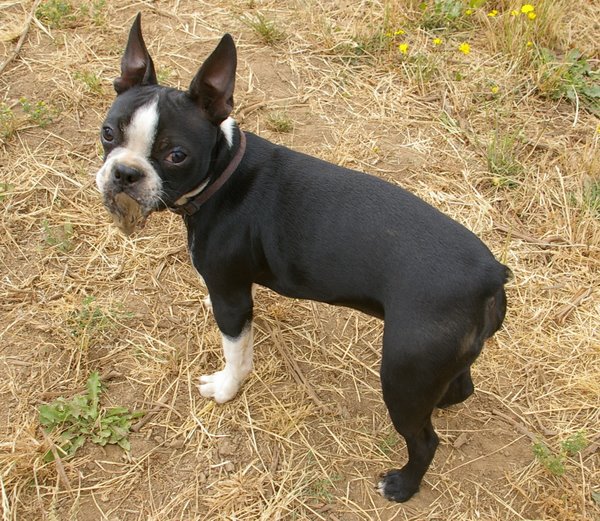
At
this stage, Jerry’s Boston Terrier, Lucy, appears with a small
mammal in her mouth. She’s very
attached to it, and it remains there for some time.
In
the winery things are done quite simply. No enzymes or additives are
used apart from SO2. There is no yeast inoculation, and punchdown is by
hand without temperature control. Very little whole bunch is done.
Some chaptalization might be used, and occasionally a little water
is added to bring alcohol levels down (maximum is 4%). ‘Some
Californian guys add 15% water’, says Jerry. ‘We embrace the
vintage. If we get lighter years or riper years we embrace that, but
only to a certain extent. We won’t let nature run the show’. The
2006 Pinot Noir would have been 15% alcohol had it not been watered
a bit. He’s not keen on dealcoholization. ‘It’s a level of
manipulation I’m not comfortable with. In 2007 [rainy year] if we
had a vacuum concentrator I would have used it, but in hindsight
I’m glad we didn’t.’
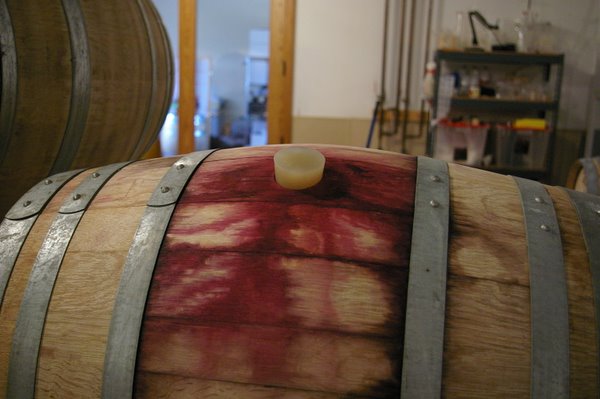
Patton
Valley Vineyards Pinot Noir 2006
Lovely fresh aromatics: cherryish with bright fruit and a hint
of sappy greenness. The palate is fresh and a bit spicy with pure
sappy fruit. Really aromatic and bright, with plummy fruit and nice
freshness. 90/100
We
tried some 2007 Pinots from barrels. One was clone 777 and showed
lovely vibrancy and fresh spicy structure. The second, a Pommard
clone, was vibrantly spicy with good structure. A third was picked a
week later with zippy acidity and good concentration. Finally, we
looked at a 2007 Syrah from Red Mountain in Washington: this was
sweet and vivid with great density and structure. Really good
definition – a lovely wine.
See also:
Wines tasted 07/08
Find these wines with wine-searcher.com
Back
to top
|

